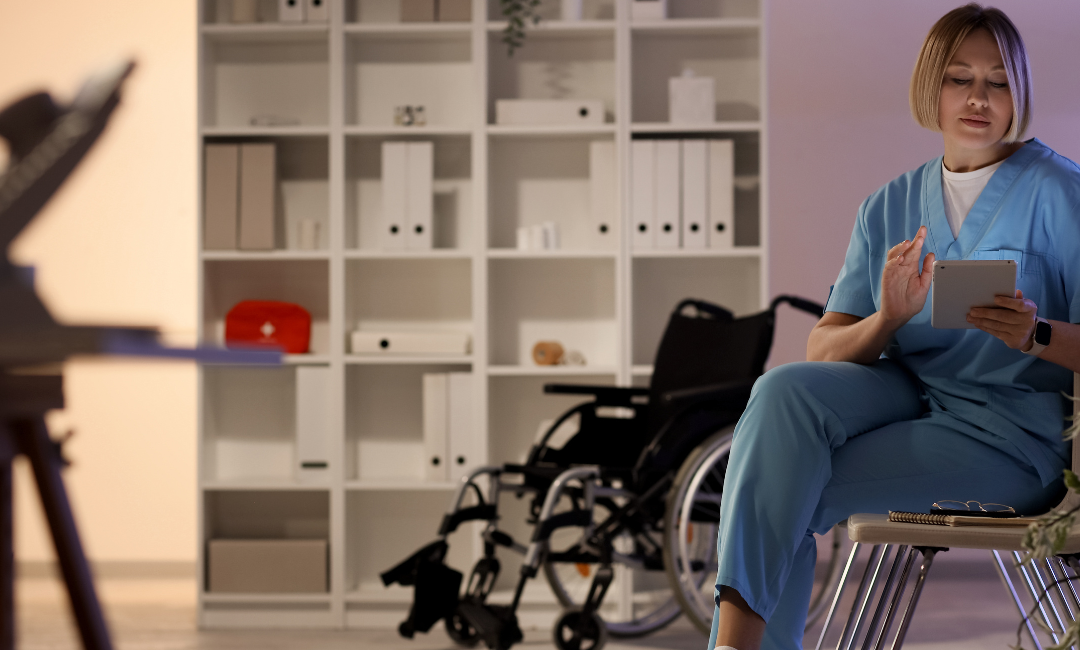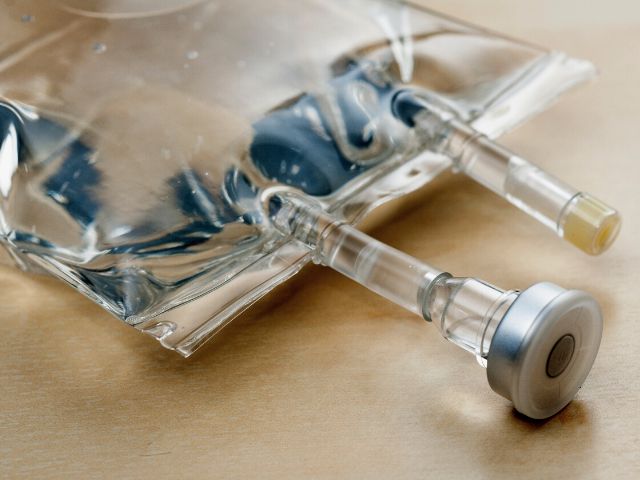The Bottom Line
In conclusion, caring for patients with nasogastric tubes requires careful attention and knowledge of the proper nursing interventions and care needed to ensure patient safety and comfort. As a nurse, it’s crucial to understand the guidelines for inserting, caring for, and removing the nasogastric tube.
Additionally, nurses must monitor patients for any potential complications, such as nausea, vomiting, or aspiration, and take appropriate measures to address them. By following the guidelines and nursing interventions outlined in this post, nurses can ensure the best possible care for their patients with nasogastric tubes. Remember to always prioritize patient safety and comfort, and document all procedures and care provided.








